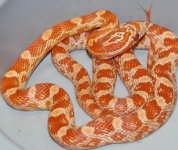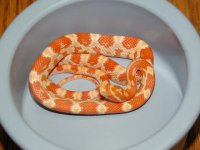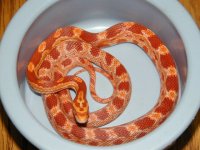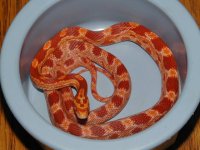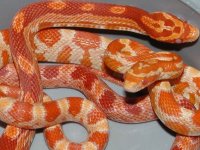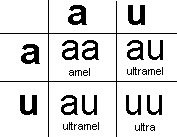TBurkeIII
TBurkeIII
i would like to know if anyone has any input on why i have seen such variance within the ultramels, there are some that resemble others but i have also seen a very wide variety as well. normally this would not raise questions in my head, but being that i have not been exposed to that many to begin with i would like to know what everyone else says about it. here is a thread i started a while back with a picture of my ultramel, then i look at hurleys new little one, then i see what joe has just posted and i see quite a difference. ???
http://www.cornsnakes.com/forums/showthread.php?t=15536&highlight=ultra
http://www.cornsnakes.com/forums/showthread.php?t=15536&highlight=ultra

